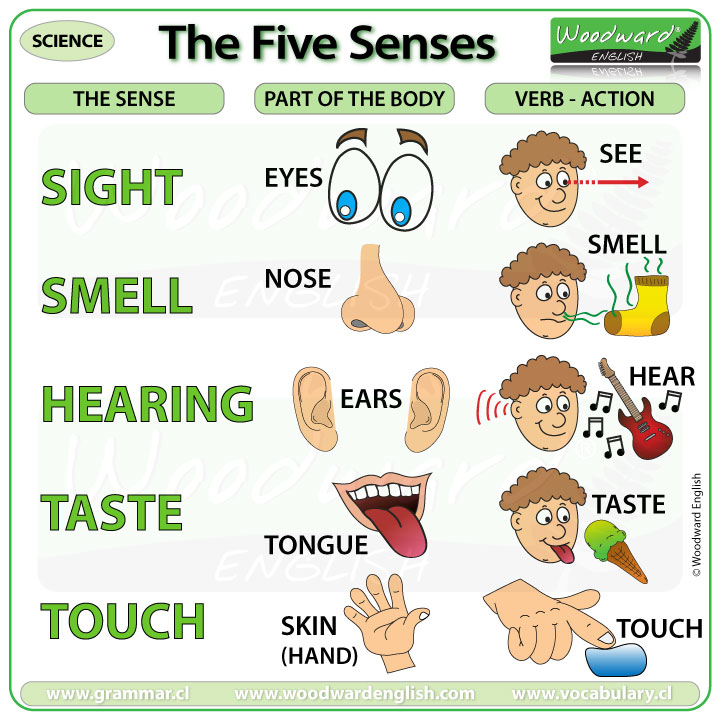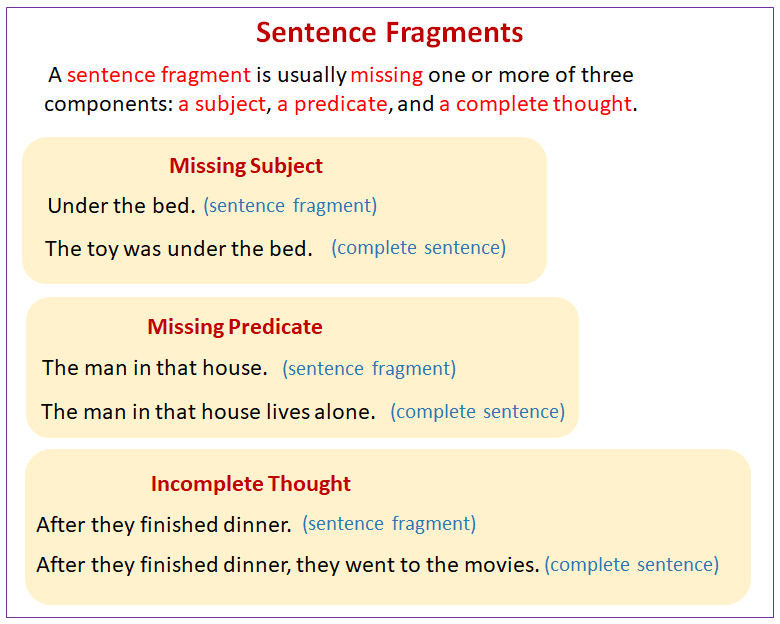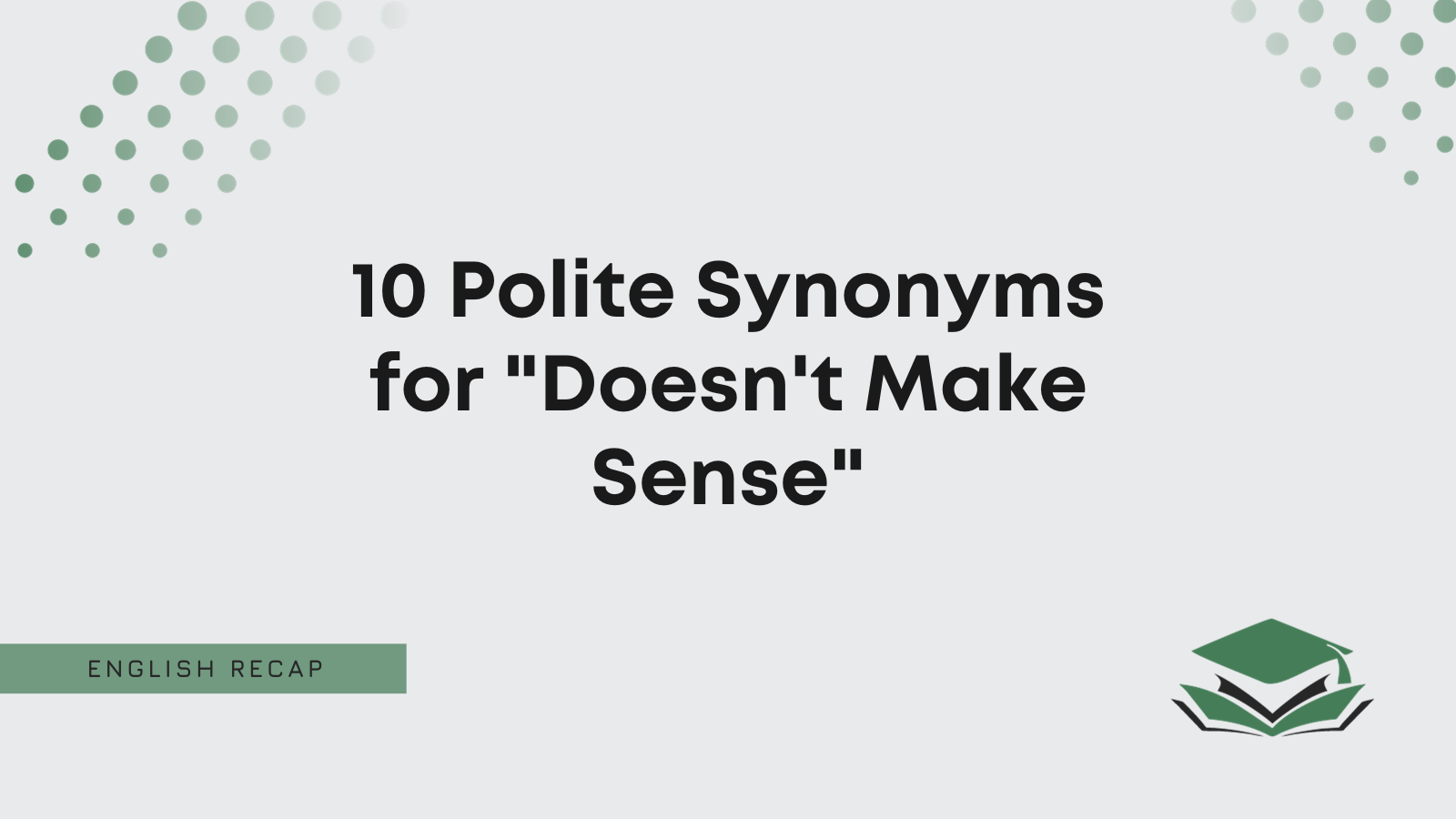Who is Most Vulnerable to COVID-19?

The COVID-19 pandemic has disproportionately impacted certain populations, highlighting the vulnerability of individuals with specific characteristics. Understanding these vulnerabilities is crucial for targeted interventions and equitable access to healthcare.
Factors Contributing to Vulnerability
Several factors contribute to an individual’s susceptibility to severe COVID-19 illness. These factors are interconnected and can amplify each other’s impact.
- Age: Older adults, particularly those over 65, are at significantly higher risk of severe COVID-19 complications, including hospitalization and death. The immune system weakens with age, making it harder to fight off infections.
- Underlying Health Conditions: Individuals with pre-existing conditions such as heart disease, diabetes, lung disease, kidney disease, and obesity are more susceptible to severe COVID-19. These conditions weaken the body’s defenses and make it more difficult to recover from infection.
- Weakened Immune System: Conditions that compromise the immune system, such as HIV/AIDS, autoimmune disorders, and cancer treatments, can increase the risk of severe COVID-19. Individuals with weakened immune systems are less able to fight off the virus effectively.
- Socioeconomic Factors: Poverty, lack of access to healthcare, and crowded living conditions can increase vulnerability to COVID-19. These factors can contribute to poor health outcomes, making individuals more susceptible to infection and severe illness.
Demographics of Individuals at Higher Risk
- Age: As mentioned earlier, older adults are at significantly higher risk. The Centers for Disease Control and Prevention (CDC) reports that individuals aged 65 and older account for a disproportionate share of COVID-19 hospitalizations and deaths.
- Race and Ethnicity: Studies have shown that COVID-19 has had a disproportionate impact on racial and ethnic minority groups in the United States. For example, Black and Hispanic individuals have experienced higher rates of COVID-19 infection, hospitalization, and death compared to white individuals. This disparity is attributed to a complex interplay of factors, including socioeconomic disparities, access to healthcare, and underlying health conditions.
- Underlying Health Conditions: Individuals with pre-existing conditions such as heart disease, diabetes, lung disease, kidney disease, and obesity are at higher risk of severe COVID-19. The CDC estimates that nearly 6 in 10 adults in the United States have at least one chronic illness.
- Socioeconomic Factors: Individuals with lower socioeconomic status are more likely to experience crowded living conditions, limited access to healthcare, and essential worker roles that expose them to greater risk of infection. These factors contribute to higher rates of COVID-19 infection and severe illness.
Impact of COVID-19 on Different Populations
- Older Adults: Older adults are at significantly higher risk of severe COVID-19 illness, including hospitalization and death. The CDC reports that individuals aged 65 and older account for a disproportionate share of COVID-19 hospitalizations and deaths.
- Racial and Ethnic Minorities: COVID-19 has had a disproportionate impact on racial and ethnic minority groups in the United States. For example, Black and Hispanic individuals have experienced higher rates of COVID-19 infection, hospitalization, and death compared to white individuals. This disparity is attributed to a complex interplay of factors, including socioeconomic disparities, access to healthcare, and underlying health conditions.
- Individuals with Underlying Health Conditions: Individuals with pre-existing conditions such as heart disease, diabetes, lung disease, kidney disease, and obesity are at higher risk of severe COVID-19. The CDC estimates that nearly 6 in 10 adults in the United States have at least one chronic illness.
- Essential Workers: Individuals working in essential roles, such as healthcare workers, grocery store employees, and transportation workers, have been disproportionately exposed to COVID-19 due to their work environments. These workers face a higher risk of infection and may experience barriers to accessing healthcare.
- People Experiencing Homelessness: Individuals experiencing homelessness are at increased risk of COVID-19 due to factors such as crowded living conditions, limited access to healthcare, and higher rates of underlying health conditions.
Health Risks Associated with COVID-19 for Vulnerable Individuals
- Severe Illness: Vulnerable individuals are at a higher risk of developing severe COVID-19 illness, which can lead to hospitalization, long-term health complications, and death.
- Long COVID: A significant proportion of individuals who experience COVID-19, regardless of severity, can develop long COVID, a condition characterized by persistent symptoms such as fatigue, brain fog, and difficulty breathing. Long COVID can significantly impact quality of life and may require ongoing medical care.
- Mental Health Impacts: The pandemic and its consequences, such as isolation, job loss, and grief, have had a significant impact on mental health. Vulnerable individuals may experience heightened anxiety, depression, and other mental health challenges.
- Disparities in Access to Healthcare: Vulnerable individuals may face barriers to accessing timely and appropriate healthcare due to factors such as lack of insurance, transportation difficulties, and language barriers. This can exacerbate health risks and lead to poorer outcomes.
Who are the Key Players in the COVID-19 Response?

The COVID-19 pandemic has mobilized a global effort involving various stakeholders, each playing a crucial role in mitigating the impact of the virus. From healthcare professionals on the frontlines to researchers developing vaccines and treatments, and government officials implementing public health measures, the response has been a collaborative endeavor.
Roles of Healthcare Professionals, Researchers, and Government Officials
Healthcare professionals, including doctors, nurses, and other medical personnel, have been at the forefront of the pandemic response. They have been instrumental in treating patients, providing essential care, and conducting testing and contact tracing. Researchers have played a vital role in understanding the virus, developing diagnostic tests, vaccines, and treatments. Government officials have been responsible for implementing public health measures, such as lockdowns, social distancing guidelines, and travel restrictions, to control the spread of the virus.
Contributions of Essential Workers and Community Organizations
Beyond the medical and scientific communities, essential workers, including grocery store employees, delivery drivers, and sanitation workers, have continued to provide essential services during the pandemic. Their dedication has ensured that basic needs are met, despite the risks they face. Community organizations, such as food banks, shelters, and support groups, have played a critical role in providing essential resources and support to vulnerable populations impacted by the pandemic.
Organizations Involved in the Global Response to COVID-19, Who covid 19
The global response to COVID-19 has involved a wide range of organizations, including international agencies, non-profits, and private sector entities. The World Health Organization (WHO) has coordinated the global response, providing guidance, information, and technical support to countries. Other key international organizations include the United Nations (UN), the International Monetary Fund (IMF), and the World Bank. Non-profit organizations, such as Doctors Without Borders and the Red Cross, have provided humanitarian aid and medical support in affected regions.
Key Players and Responsibilities in the COVID-19 Response
| Key Player | Responsibility |
|---|---|
| Healthcare Professionals | Treating patients, providing essential care, conducting testing and contact tracing |
| Researchers | Understanding the virus, developing diagnostic tests, vaccines, and treatments |
| Government Officials | Implementing public health measures, such as lockdowns, social distancing guidelines, and travel restrictions |
| Essential Workers | Providing essential services, such as grocery store employees, delivery drivers, and sanitation workers |
| Community Organizations | Providing essential resources and support to vulnerable populations, such as food banks, shelters, and support groups |
| World Health Organization (WHO) | Coordinating the global response, providing guidance, information, and technical support to countries |
| United Nations (UN) | Providing humanitarian assistance, promoting global cooperation, and addressing the socioeconomic impacts of the pandemic |
| International Monetary Fund (IMF) | Providing financial assistance to countries affected by the pandemic |
| World Bank | Providing financial and technical assistance to developing countries to mitigate the impact of the pandemic |
| Non-profit Organizations | Providing humanitarian aid and medical support in affected regions, such as Doctors Without Borders and the Red Cross |
Who Benefits from the Development of COVID-19 Treatments and Vaccines?: Who Covid 19

The development of COVID-19 treatments and vaccines has been a monumental achievement in global health, but it has also raised complex ethical considerations regarding who benefits from these advancements. The distribution of these resources has been uneven, with some populations having significantly greater access than others. This disparity has significant implications for global health outcomes, highlighting the importance of equitable access to these life-saving interventions.
Ethical Considerations in Vaccine and Treatment Distribution
The equitable distribution of COVID-19 vaccines and treatments is a crucial ethical imperative. This means ensuring that all individuals, regardless of their location, socioeconomic status, or other factors, have access to these resources. However, various factors have hindered equitable distribution, including:
- Limited Supply: Initially, the production of vaccines and treatments was limited, creating a global shortage. This led to competition among countries for access to these resources, often favoring wealthier nations.
- Unequal Distribution: Even with increased production, the distribution of vaccines and treatments has remained uneven. Wealthier nations have been able to secure larger quantities of vaccines, while lower-income countries have faced significant challenges in accessing these resources.
- Prioritization: The prioritization of individuals for vaccination and treatment has also raised ethical concerns. Some countries have prioritized healthcare workers, older adults, and those with underlying health conditions, while others have focused on achieving herd immunity through widespread vaccination.
- Access to Healthcare: Access to healthcare infrastructure and healthcare providers is a major determinant of equitable access to COVID-19 treatments and vaccines. Individuals in rural areas or with limited access to healthcare facilities may face significant barriers in accessing these resources.
The Role of Pharmaceutical Companies
Pharmaceutical companies have played a pivotal role in developing and distributing COVID-19 vaccines and treatments. Their efforts have been crucial in mitigating the impact of the pandemic. However, their role has also been subject to scrutiny, particularly concerning pricing, intellectual property rights, and the distribution of resources.
- Pricing: Pharmaceutical companies have set high prices for COVID-19 vaccines and treatments, raising concerns about affordability and accessibility, especially for lower-income countries.
- Intellectual Property Rights: The protection of intellectual property rights has been a significant barrier to equitable access to COVID-19 resources. Patent protection has limited the production and distribution of generic versions of vaccines and treatments, particularly in developing countries.
- Distribution: Pharmaceutical companies have often prioritized contracts with wealthier nations, which have been able to secure larger quantities of vaccines and treatments. This has left lower-income countries struggling to obtain adequate supplies.
Access to COVID-19 Treatments and Vaccines in Different Regions
The access to COVID-19 treatments and vaccines has varied significantly across different regions of the world.
- High-Income Countries: High-income countries have generally had greater access to COVID-19 vaccines and treatments. These countries have been able to secure large quantities of vaccines through advance purchase agreements and have robust healthcare systems to distribute and administer these resources.
- Middle-Income Countries: Middle-income countries have faced more challenges in accessing COVID-19 vaccines and treatments. These countries have often been reliant on donations or the COVAX facility, a global initiative to ensure equitable access to vaccines. However, the supply of vaccines through COVAX has been limited, and many middle-income countries have struggled to meet their vaccination targets.
- Low-Income Countries: Low-income countries have faced the most significant barriers to accessing COVID-19 vaccines and treatments. These countries have limited resources and often lack the infrastructure to store, transport, and administer vaccines. As a result, vaccination rates in low-income countries have been significantly lower than in high-income countries.
Impact of Equitable Access to COVID-19 Resources on Global Health Outcomes
Equitable access to COVID-19 vaccines and treatments is essential for achieving global health security. When all individuals have access to these resources, it helps to:
- Reduce Transmission: Widespread vaccination can significantly reduce the transmission of the virus, leading to a decrease in infections, hospitalizations, and deaths.
- Protect Vulnerable Populations: Equitable access to vaccines and treatments is particularly important for protecting vulnerable populations, such as older adults, individuals with underlying health conditions, and those living in overcrowded or underserved communities.
- Prevent the Emergence of Variants: When vaccination rates are low, there is a greater risk of the virus mutating and developing new variants that are more transmissible or resistant to existing vaccines. Equitable access to vaccines can help to prevent the emergence of these variants.
- Support Economic Recovery: The COVID-19 pandemic has had a devastating impact on global economies. Equitable access to vaccines and treatments can help to accelerate economic recovery by reducing the spread of the virus and allowing businesses and industries to reopen safely.
Who covid 19 – While COVID-19 has dominated headlines in recent years, it’s important to remember that the world faces other significant challenges. For instance, the impact of natural disasters like tropical storm Debby hurricane highlights the need for preparedness and resilience, similar to the strategies employed to combat the COVID-19 pandemic.
While the COVID-19 pandemic has brought about unprecedented challenges, it’s important to remember the simple joys in life. A well-placed liberty furniture chair side table can transform a reading nook into a haven of comfort and style. This simple act of self-care, a reminder that life goes on, can be a powerful antidote to the anxieties of the pandemic.
